Arthrosis and arthritis are diseases in which joint damage occurs. Therefore, and also due to the consonance of names, many people do not understand the difference between osteoarthritis and arthritis, and perceive them as something similar in essence. Meanwhile, osteoarthritis and arthritis are far from being the same.
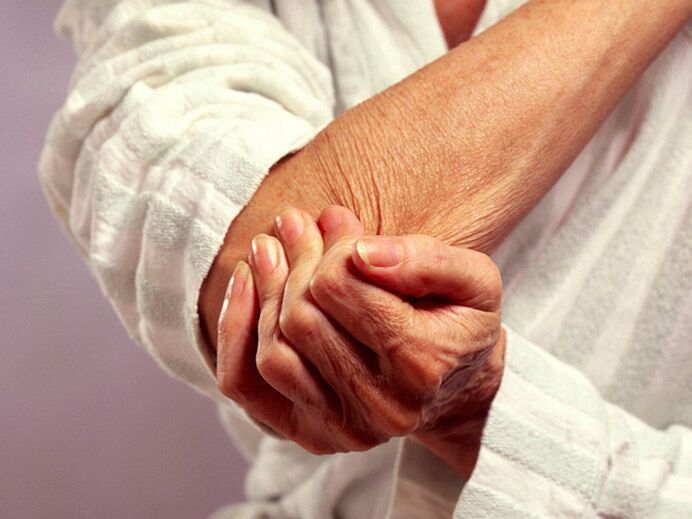
Arthosis is an joint deformation related to gradual age; Arthrosis develops more frequently in old age (45 years or older). Arthritis, on the contrary, begins more often at an early age (up to 40 years). Although in both cases there are exceptions: Sometimes arthritis occurs in a person from 60 to 70 years (this generally happens after severe flu, colds, hypothermia, stress); Or osteoarthritis begins in a person who is not 40 yet (after serious injuries, fractures or in professional athletes). Arthrosis is a disease in which only the joints suffer. The rest of the body with osteoarthritis, simplifiably speaking, is not involved in the process.
Arthritis, on the contrary, is an inflammatory disease of the entire organism; And the inflammation of the joints with arthritis is only the "tip of the iceberg", under which other processes within the body are hidden. The inflammation of the joints with arthritis can manifest their swelling, redness and severe pains that do not go at rest, and sometimes even intensify at night. They often hit the internal organs, more frequently in the heart, the liver and the kidneys. And sometimes, if the correct treatment is not carried out, complications of certain arthritis can represent a rather serious threat to the patient's life. Fortunately, arthritis is found several times less than osteoarthritis.
The causes of joint pain
Articulations and joints of the spine can also be divided into two large groups: distribution processes and inflammatory processes. The causes of these conditions are different, therefore, in the treatment of such processes there is a big difference. It is probably clear that the success of the treatment depends largely on the diagnosis and examination carried out correctly and carefully. As a general rule, X -rays and blood laboratory tests are taken and, if necessary, a more detailed study: the magnetic resonance of the joints.
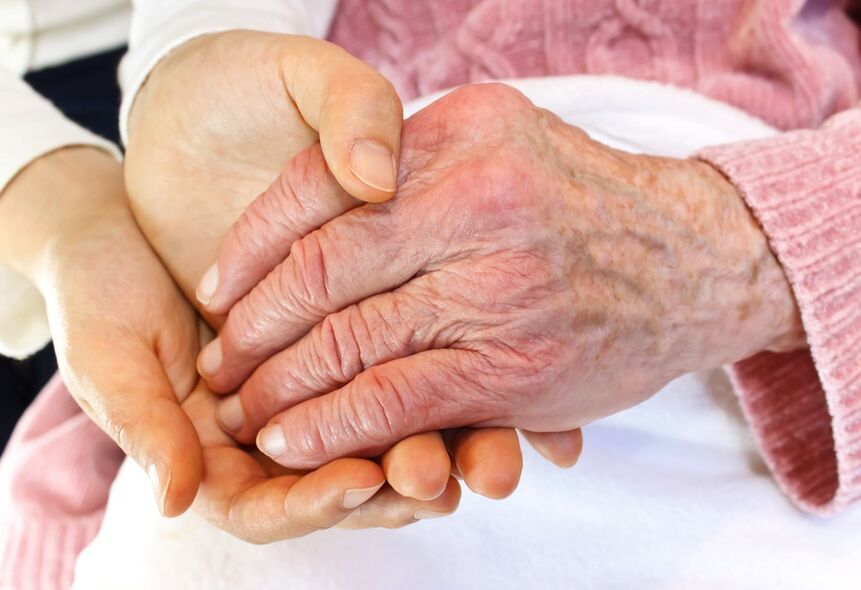
Inflammatory diseases
The names of these diseases, as a rule, have the end of you: arthritis, spondylitis, polyartitis, etc. This group also includes Bekhterev's disease. Manifested by the inflammation of the tissues of the articulations of the arms, the legs and the spine. Characteristic symptoms are pain, morning stiffness, red and hot skin in the place of swelling, the limitation of mobility in one or more joints, a complete column, deformation of the joints over time and the progression of the disease. Inflammatory joint diseases can be the following origin:
- Autoimmune or infectious-allergic-aggressive immunity in relation to joint tissue;
- Metabolism violation: as a rule, it is accompanied by the formation of salts in the joints of the joints and periarticular tissues, which leads to its inflammation;
- Infectious: bacterial or viral inflammation of one or more joints.
Osteoarthritis
Arthrosis is a condition of the joints that occurs with a natural course of years. Its main symptoms are the pain and limitation of movements. Arthosis is widespread: osteoarthritis is ill from 10 to 15% of all residents of the earth. Primary osteoarthritis is a disease that occurs naturally due to age -related changes in cartilage. Arthosis can be developed earlier or later in life due to hereditary predisposition, metabolic disorders, increased loads in the joints associated with working conditions or excess weight. The age of osteoarthritis has been recently younger and the disease has developed at the age of 30 to 40 years. At the same time, women suffer 2. 5 times more often than men. In most cases, 30% of people already have changes in the joints in 50 years, and at the age of 60, certain manifestations of osteoarthritis appear in almost all and the difference in the field is already absent.
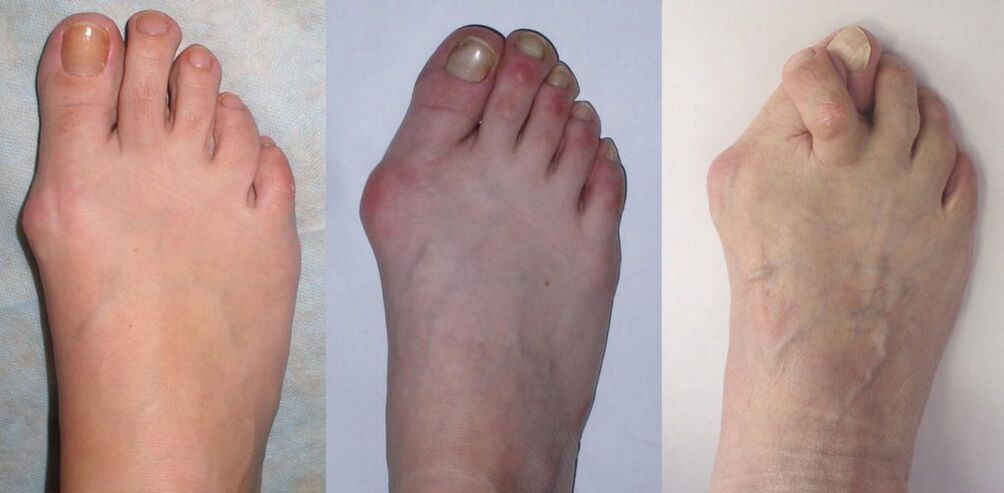
Secondary osteoarthritis is the result of the trauma that is being suffered. It can develop at any age. Normally, the surface of the joint is absolutely uniform, smooth and elastic. They move freely, sliding thanks to the joint liquid that plays the role of lubrication. At the same time, the surface of the joint, due to its elasticity, folds slightly in places of greatest pressure, redistributes the load, which makes it more uniform and works, as a shock absorber. With osteoarthritis, the cartilage that covers the surface of the joint changes. With osteoarthritis in some places, cartilage becomes thinner and degrades, in others it grows and changes, losing the normal structure. Small cartilage fragments appear in the joint fluid, and the joint fluid itself changes as and quantity.
At first, due to a decrease in the amount of joint fluid, the normal functioning of the joint is altered and pain appears during movement. As a general rule, they arise after intensive physical work, they pass, if it gives it the articulate rest, but it returns, it only needs to resume the load. At the same time, or a little later, the joint begins to hurt at night. Soft tissues surrounding the joint are inflamed, "swell" and excessive liquid can appear in the joint. Effusion. The result of a slow inflammatory reaction. It is due to the modification of its own joint fabric. Now the fabric is not native. And it is good if the immune system does not begin to "attack" such fabric.
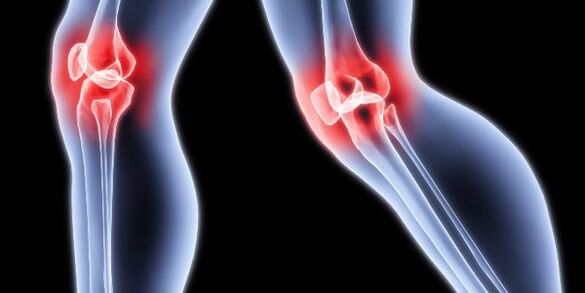
Symptoms
The main symptoms of osteoarthritis: severe pain in the joint during movement, joint deformation, decrease in joint mobility. In the case of negligence of osteoarthritis, joint immobility occurs. The symptoms of osteoarthritis have completely different, but the most distinctive of them is the pain in the joints. Most of the time, it occurs in cases where there is a mechanical load or damage in the affected area. In general, four large groups of symptoms can be distinguished, which directly characterize a disease such as osteoarthritis:
- Pain;
- Crunch;
- Decrease in mobility;
- Deformation.
A decrease in mobility is manifested in later stages of the development of the disease. This is due to the fact that muscle muscles are gradually spasmodic, and the joint gap disappears. The deformation of the joint is directly related to the fact that osteophytes are formed on its surface. Most of the time, this symptom occurs with a long absence of proper treatment of the disease. The osteoarthritis of the symptoms and the treatment of the joints can have different. This is influenced by many different factors. Before starting therapy, it is very important to make an integral diagnosis of the disease.
Osteoarthritis and osteoarthrosis
These consonant diseases are similar in combination of letters, symptoms. Doctors were divided: some argue that osteoarthritis and osteoarthrosis are different names of a disease, others, that differences are not only in the name. Osteoarthrosis is a progressive osteoarthritis, which appears due to the wear of the cartilage tissue. It happens in men, women, as a rule, more than forty years old. What is the difference between osteoarthritis and osteoarthritis? The similarity is obvious, both diseases affect the tissue of the cartilage, bring pain and fetter the movements of a person. There are similarities in the treatment of diseases. Having problems with the joints, a patient with excess weight, a diet to lose weight, strengthen cartilage tissue reduces the load and avoids complications of the disease course. Doctors advise to eat low calorie content, there are more vegetables, fruits, since they contain antioxidants that help reduce inflammation in body cartilage tissues.
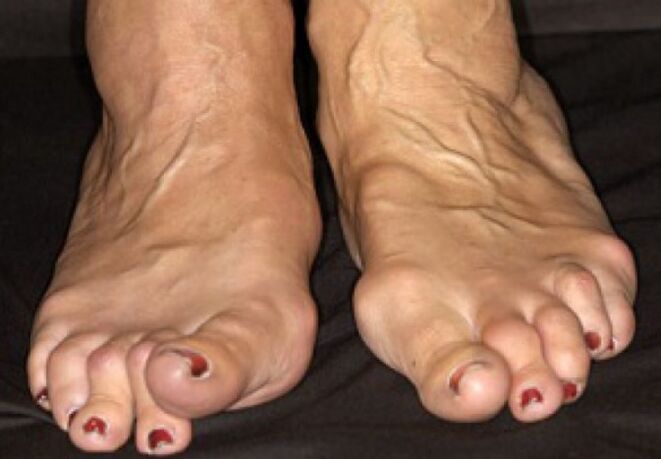
It is advisable to add fat varieties to the diet due to the Omega-3 content. It is useful to use olive oil, it has an anti -inflammatory effect, use more vitamin C to restore connective tissues faster. In both cases, therapeutic exercises are indicated, physiotherapy strictly according to the testimony of the treating doctor. It is worth reducing physical activity at the time of acute inflammation, using orthopedic fixers for elimination, adequate load distribution.
Arthritis
Arthritis: Literally it means "inflammation of the joints", a pathology that affects connective tissue causes joint pain, swelling, degeneration, disability. Men and women, children and adults. Around 350 million people around the world have arthritis. The causes of arthritis depend on various factors, such as injuries (which lead to osteoarthritis), metabolic disorders (such as gout), inheritance, the effect of bacterial and viral infections, immune dysfunction (for example, rheumatoid arthritis and system lupus). Very often, arthritis is classified as one of rheumatic diseases. The cause of arthritis can be traumatic, metabolic, infectious, autoimmune and idiopathic. The appearance of various existing arthritis depends on the origin of the causes.
Signs of arthritis, symptoms
The symptoms of arthritis are pain not only in motion, but also at rest, swelling, swelling, morning stiffness in the joints, the skin on the joints can be hot to touch. The movements are painful, but do not stop, limited only to the edema of soft tissues. The symptoms depend on the course of the disease and the period. Sharp and chronic states. The appearance of arthritis in stage and type of type of joints can occur suddenly, severe pain and increased body temperature, redness of the place of inflammation, the main symptoms of the condition. The chronic course of the disease goes slowly and gradually progresses. The danger is that the disease can enter a chronic form. The symptoms are diverse, they are similar, because they tend to influence joints, muscles, ligaments, cartilage and tendons, and many of them can affect other areas of the body.

Symptoms:
- The stiffness of the joints is observed when the joints and muscles are more rigid in the morning, to such an extent that it is impossible to walk or get out of bed. For those who suffer from rheumatoid arthritis, it can spend several hours before you can move gently. Limitation of mobility.
- Edema.
- Redness in the defeat area.
- Muscle weakness
- Many arthritis forms can cause symptoms that affect several organs of the body: fever, edema of lymph nodes, weight loss, fatigue, discomfort.
Types of disease
Osteoarthritis is the most common type of arthritis. It is characterized by an inflammatory state. It occurs due to the gradual deterioration of the cartilage layer that covers the articular surfaces. The risk factors of osteoarthritis are different; Among the most important: advanced age related to female sex, injuries and obesity. Osteoarthritis can affect any joint, but tends to the joints of the arms, knees, hips and column joints. In addition to pain, stiffness in the joints, swelling, the decrease in the ability to move, this is due to the formation of osteophytes (or bone spurs). In an advanced stage, osteoarthritis hinders the use of joints.
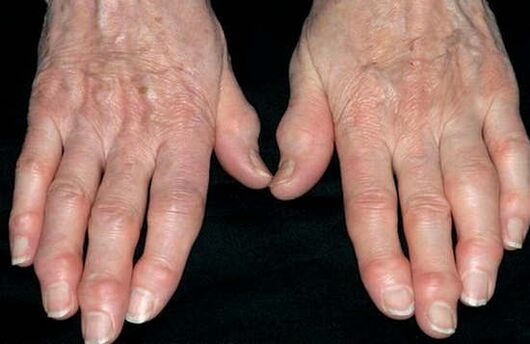
Unfortunately, there is no treatment of arthritis of this type, there are only symptomatic treatment methods, that is, intended to reduce existing symptoms. For therapeutic purposes and preventive purposes, doctors recommend that they are active and practice constant therapeutic physical exercises. Rheumatoid arthritis is an autoimmune disease, or a disorder that occurs as a result of a malfunction of the immune system. Several studies have shown that it has several risk factors, including the most important are: genetic predisposition, belonging to female sex, age of 40 to 60 years, smoking, herpes virus and the Epstein-Barr virus (VEB). This type of arthritis attacks the joints in the synovial membrane and cause, in turn, a change in the entire joint structure, with damaged joint surfaces and joint cartilage, with weakening and stretching of the ligaments and with a joint capsule that changes its shape. At the beginning of rheumatoid arthritis, inflammation basically affects the joints of the fingers and legs.
How to distinguish these diseases?
In some cases, confusion occurs in various diseases, because people who are little familiar with medicine think that arthritis and osteoarthritis are the same. In fact, this is not so, because in the first case the ailment is acute inflammatory, and in the second, a long and less pronounced chronicle. Due to such nuances, independent treatment without a doctor is very risky, so it is not recommended, does not risk car -medication. The main difference between arthritis and osteoarthritis: with osteoarthritis, the main destructive activity is not performed by inflammation, but by degenerative processes in articular cartilage. If the joint is very injured and swollen, although it feels "not very", the movements in the joint are painful and there is a "crunch" during the movements, the skin is hot to touch is a high probability of arthritis.
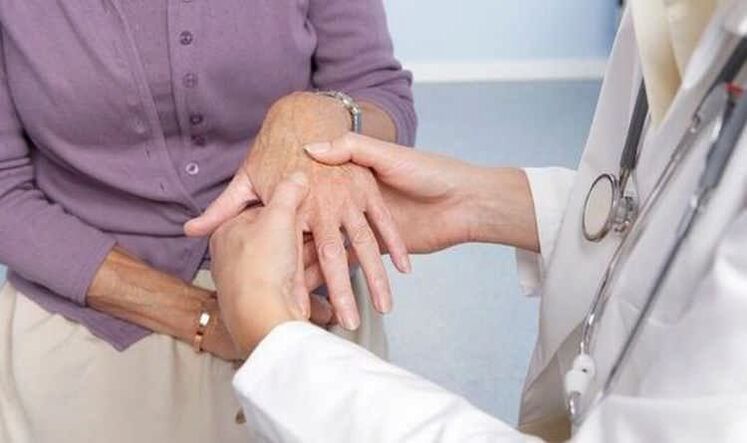
If the joint does not hurt, it is possible to say that constantly and over time (months of suffering) changes its shape, while the leg, arm or back gradually limit in the amount of their movements, and from month to month we can say the worst and worst. . . That is more probability of arthrosis of the joint (wwi). Most young people are fed up with arthritis, in an amount of just under two percent of the entire population of the planet. Arthosis is more common diseases that cover about ten percent of all humanity. Consequently, young people get tired of osteoarthritis, and the same problem is an increase in the incidence of major generations. After crossing the threshold of 50, approximately 30% have several forms of osteoarthritis. This or another joint deformation at the age of 70 occurs in almost 50% of cases. It is very important to keep in mind that the effect of osteoarthritis extends to the joints and is not transferred to other tissues, bones or organs. With arthritis, inflammatory processes occur throughout the body, and inflamed joints are simply their most notable manifestation.
























